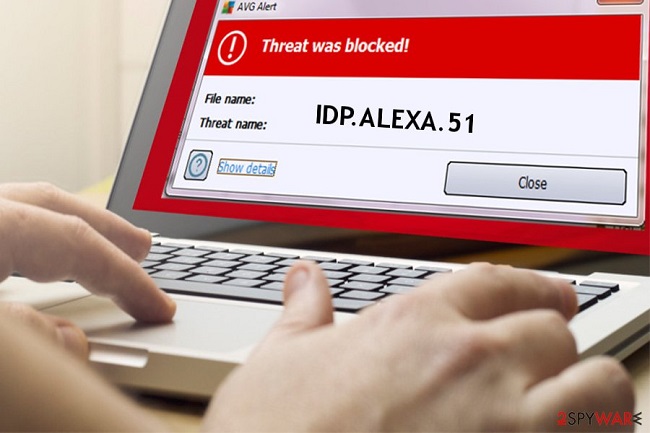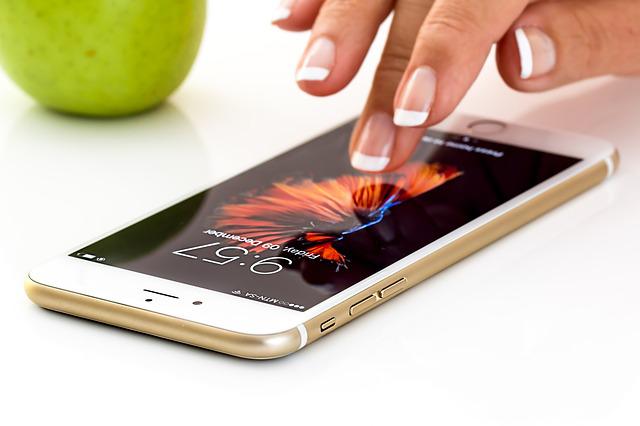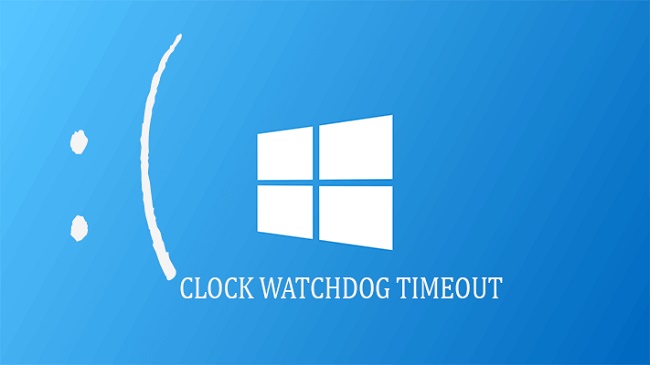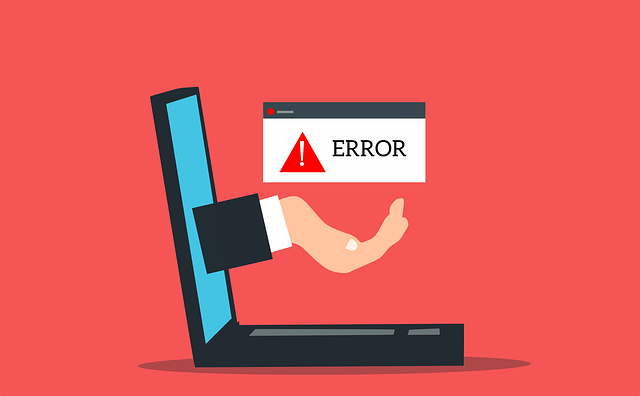The internet is becoming an integral part of our daily lives, used for everything from communicating with friends and family to shopping and researching a wide range of topics.
The inability to use the internet due to technical difficulties ranks high on the list of most annoying problems. Using Windows Network Diagnostics, the problem can be identified and fixed.
The “Windows can’t communicate with the device or resource” error is reported once the diagnostic tool has completed its examination. Do you feel lost as to how to proceed on Windows 10 to resolve this issue?
Not to worry; we have prepared a number of effective strategies for your convenience. You may get your computer back online without any prior experience in troubleshooting by following along with the simple steps provided.

What Causes Windows can’t Communicate with the Device or Resource Error
There are typically three sources of this mistake. There is likely a problem with your DNS server connection, out-of-date network drivers, or misconfigured settings. Additionally, proxy servers have been cited as a common cause of this problem by users.
Read Also:
- McaFee.Com/Activate
- Windows Modules Installer Worker
- iTunes is Waiting For Windows Update To Install The Driver For This iPhone
If you can’t get online and don’t want to try our other suggestions first, consider turning off your proxy server and seeing if it helps. Avoid tinkering with your network configuration if at all possible, especially if you are using a restricted network connection (at school, in the workplace, on a public network, etc.).
The parameters and rules for these connections vary from those of a typical home network. This can lead to a clash in your settings, which will prevent you from connecting to the internet.
Solution 1: Changing IPv4 and IPv6 Settings
Version 4 of the Internet Protocol (IPv4) is a packet-switched Link Layer network protocol (e.g. Ethernet). The maximum number of addresses that can be used with IPv4 is roughly 4.3 billion. If you’re upgrading from IPv4, you should upgrade to IPv6.
It can generate an unlimited amount of unique addresses. We will experiment with modifying both parameters to see whether that corrects the issue on your machine.
The error message will typically disappear after doing this, making it the most popular workaround.
Step 1: To open the Control Panel, use the Windows key plus R, then type it into the search box and hit Enter.
Step 2: Select “Network & Internet” under the “Control Panel” section.
Step 3: In the new window that opens, click “Network and Sharing Center.”
Step 4: The network to which you are now connected is displayed here. The network icon should appear in front of “Connections,” as shown in the screenshot below, and you should click on it.
Step 5: Now, in the bottom right corner of the new window, click “Properties.”
Step 6: The TCP/IPv4 protocol should be double-clicked after you reach the appropriate menu.
Step 7: Choose to have your computer automatically obtain both an IP address and a DNS server.
Step 8: To commit your changes, click OK. Select “Internet Protocol Version 6 (TCP/IPv6),” and then repeat the procedures from step 1.
Step 9: The changes will be saved and you can quit the program by pressing OK. In order to find out if you have a working internet connection, you must now test it.
Solution 2: Using Command Prompt to Reset Connection Settings
There is another fix we can try that involves forcing your computer to reload its IP and DNS settings. These preferences may be damaged or improperly adjusted.
It is possible to reset them and check if that helps. Please be aware that this solution requires administrative privileges to implement.
Step 1: To launch the command prompt as an administrator, press the Windows key plus R, then type “command prompt” into the resulting box.
Step 2: Once you’re at an administrator-level command prompt, type in each of the following commands.
- ipconfig /flushdns
- ipconfig /registerdns
- ipconfig /release
- ipconfig /renew
Step 3: After applying the workarounds, you should exit the command prompt and reboot. Verify if the issue still exists.
Solution 3: Restarting the Modem and Router
Your internet router’s settings may have been accidentally saved in an unusable state. It could be that a recent change in settings is to blame for the malfunction.
Of course, a simple router restart and verification should be tried first; if that fails, we can attempt doing a manual reset (hard-reset) to see if it helps.
Step 1: To access all of your router’s ports at once, pick it up and spin it around.
Step 2: Find the “reset” button, which could be labeled in a variety of ways.
Step 3: In order to prevent inadvertent resets to factory settings, most routers lack such buttons and instead require you to press inwards towards the hole labeled “reset” using a thin object like a pin.
Step 4: If your computer can’t connect to a Wi-Fi network, try rebooting your router. Launch Steam once more and see if it helps.
Read Also:
Conclusion
When your computer is unable to contact the primary DNS server your internet service provider has designated, you will see the error message “Windows can’t communicate with the device or resource” When you try to run Network Diagnostics because you can’t get online, you’ll see this error message.
















